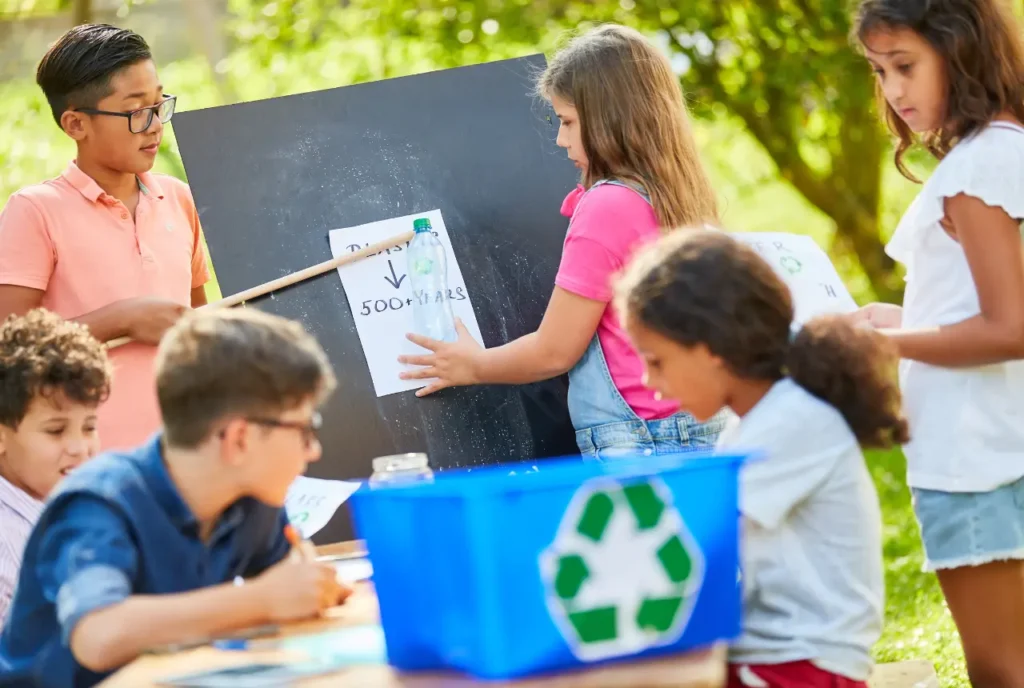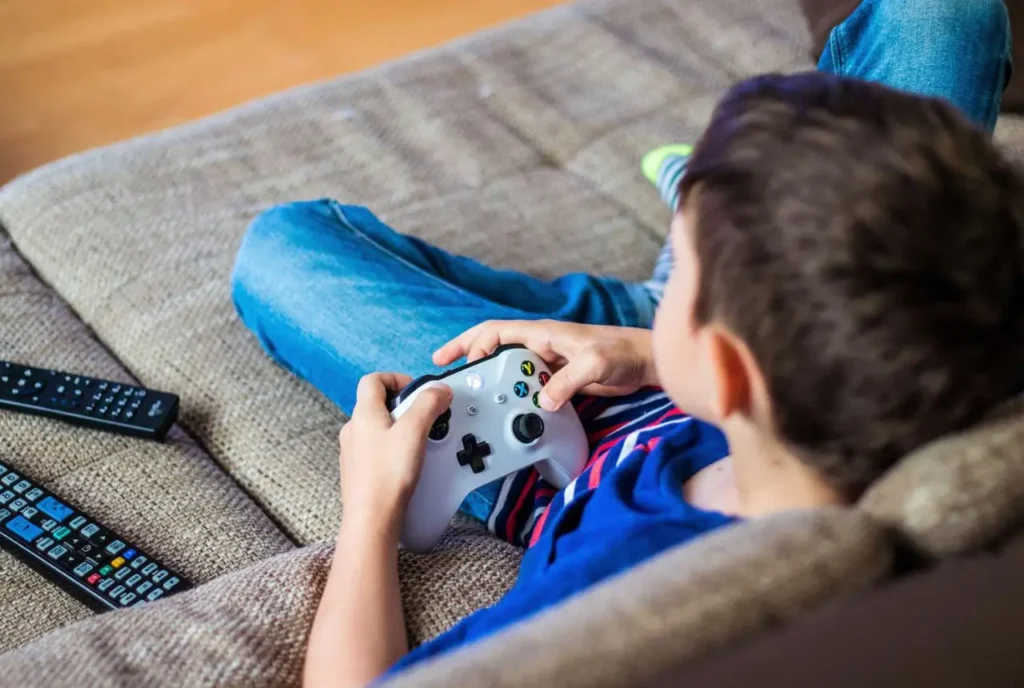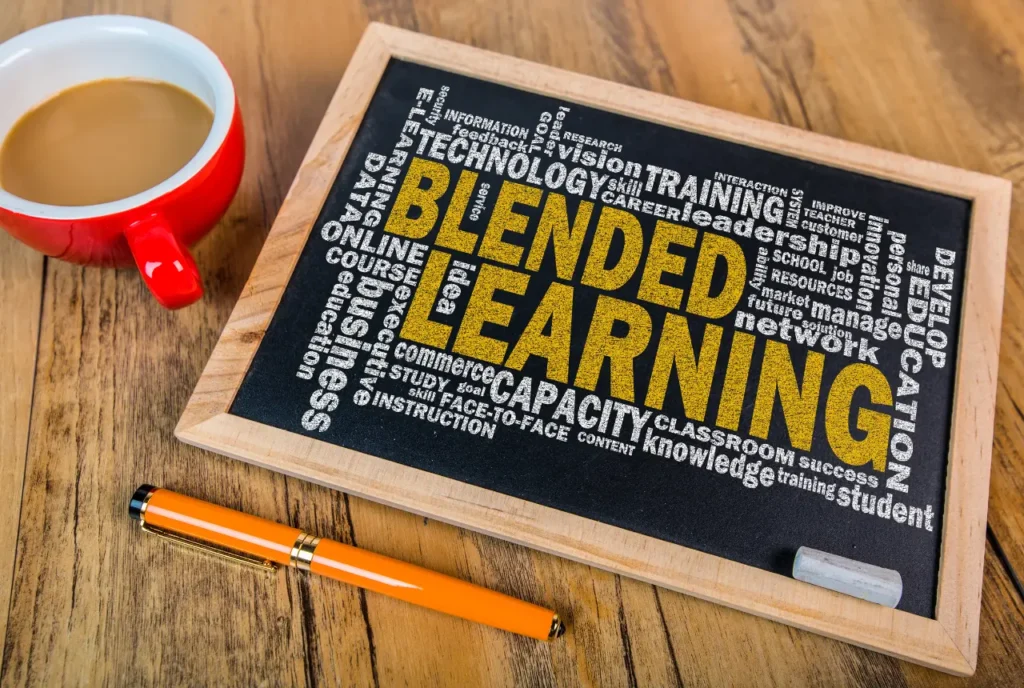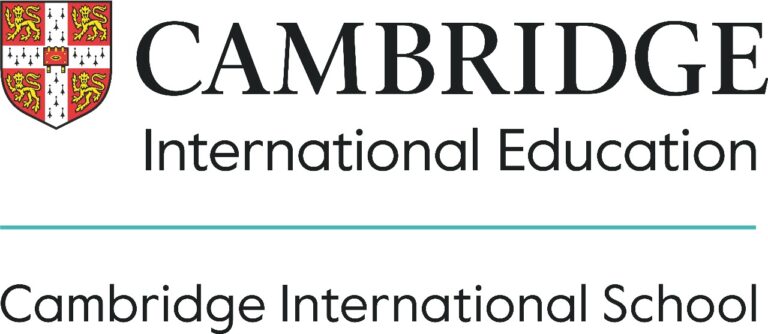![]()
According to a study published, the teaching method impacts the retention of the subject greatly. Students often remember less of what they read or study and more of what they learn through practice. The method of learning plays a pivotal role in education. Therefore, teachers are always trying to come up with more innovative teaching methods to make their classes interesting and engaging.
Today education is no longer the same as before. We are advancing into a world that requires dynamic skills and versatility which we must include in our education. The same old classes that would make students doze have gone out of style. This new wave of education demands learning by doing rather than studying.
What are Innovative Teaching Methods?
Innovative teaching methods are more than just mere usage of modern technology in the teaching and learning process. These modern methods make sure that every student is participating in the process. The teachers develop innovative strategies to encourage activity and collaboration among students.
While these methods require more effort from the students and the teachers, these innovative ways foster better individual growth and support an enhanced learning process. On the one hand, where conventional methods of teaching and learning focus on the transfer of information from the teacher to the pupil, on the other hand, these modern active learning strategies emphasize the understanding of the matter and its execution in practicality.
5 Innovative Teaching Methods to Boost Learning Success
1. Personalized Learning

Every student has a different approach to studying and personalized learning is exactly what addresses that. Personalized learning is an educational technique that takes into account each pupil’s specific requirements, interests, and skills and offers learners a unique learning experience based on these individual student characteristics.
Teachers and students collaborate to design a personalized learning plan for the classroom. Whether you run a charter or an independent school, you want the best for your students. In this essay, we will demonstrate that a tailored approach to school organization does not always increase teacher effort when generating additional instruction.
We will introduce a novel framework that can improve all areas of education. Working with our partner schools, we created a revolutionary approach to individualized learning design. Our partner schools have shown how ordinary classroom instruction may be modified to support lower-achieving students while extending the more capable.
2. Project-Based Learning (PBL)

Project-based learning (PBL), also called project-based instruction, is a way of teaching that lets students learn new things by working on fun projects that are based on problems and issues they might face in the real world.
There’s more to project-based learning than just “doing a project” like you did in school. Research on PBL shows that it makes students more interested in learning, helps them do better in school, and helps them develop the 21st-century skills they’ll need to be successful in their future jobs.
3. Flipped Classroom

In a flipped classroom, students receive direct teaching, such as watching a lecture online, before discussing the content in class. The goal is for students to view the content beforehand, also known as first-exposure learning, so that they can acquire the concepts at their own pace. This allows students to focus on participating in class and receiving feedback on their efforts during the course, rather than afterward.
Teachers who use the flipped classroom style are better able to engage their pupils in active learning. The flipped classroom style of instruction engages students in debates, small group conversations, or in-depth studies during lesson sessions, increasing their participation. In essence, a flipped class replaces typical classroom activities with after-class activities.
4. Gamification

In today’s society, technology is a natural motivator for learning and curriculum creation. To get better results from students, today’s educators are progressively incorporating cutting-edge digital tools and ideas into their teaching approaches. Gamification for learning is one of these tactics that teachers around the world are increasingly implementing. Gamification can improve student engagement and collaboration, helping students to learn more efficiently.
Gamification is the use of gaming tactics to improve and engage learners. Gamification for learning can be advantageous since games teach lifelong skills like problem-solving, critical thinking, social awareness, teamwork, and collaboration. Individuals are also motivated by games, which boost interest in specific subjects, minimize attrition among learners, improve grades, and develop cognitive ability.
5. Blended Learning

Blended learning is a teaching method that blends instructor-led brick-and-mortar classroom training with online learning activities. This technique does not discount the value of in-person training with an instructor; rather, it utilizes digital technologies to improve the learning experience and topic comprehension.
Consider a scenario in which a teacher sends out a video link for students to watch at home, and then students email their feedback to the teacher, paving the way for an engaging classroom discussion. This is simply one example of how it works. Now, let’s look at some more examples.
Benefits of blended learning:
- Safer learning environment.
- Engaging educational experience.
- Self-guided Learning
- Enhanced learner engagement.
- Better comprehension
- Comprehensive analytics
Challenges and Considerations When Implementing Innovative Teaching Methods
These innovative methods can enhance and engage the education process in a classroom. However, there are some challenges and considerations when it comes to implementing them.
- Technological Backwardness: Many schools in India don’t have bare facilities such as benches, desks, computers, and more. In such a situation, it is challenging to conduct smart classes and employ innovative teaching methods. Teaching the students how to use technology is another hindrance that slows the process down rather than stopping it altogether.
- Time and Effort: Innovative educational methods demand time and effort from the students as well as the teachers. Unfortunately, time is not always available in every session to dedicate to fun learning. Students often lack the effort to participate in these activities and learning sessions.
- Training the Teachers: Training the teachers to conduct innovative classes and engaging sessions also requires training and coaching. This is another slow process that costs time and resources.
Recap
Innovative teaching methods are crucial for today’s education. Students no longer want to sit through a boring lecture about a scientific theory or a particular event in history. They would be a lot more engaged if they could learn the concept of the theory by practicing it. And they would remember a lot of history if they engaged in a role-play.
Therefore, teachers must come up with methods and techniques that engage their classrooms. They must find methods that inscribe the concept and information in their minds and simply reading about it is not doing it anymore. Schools have moved past only teaching to pass the exams. Therefore, the schools and institutions that haven’t yet must find a way through.










